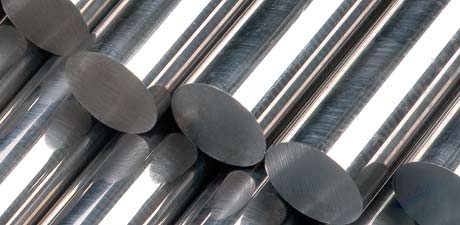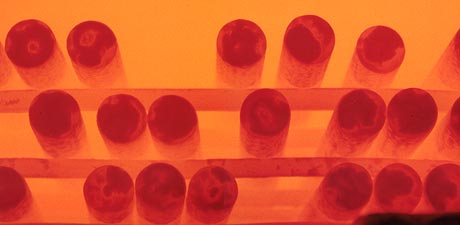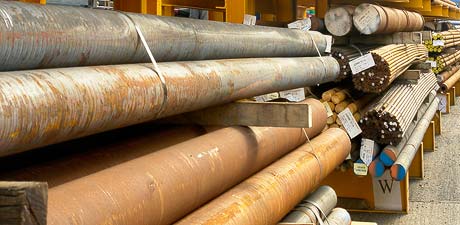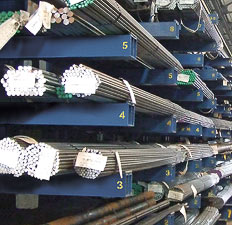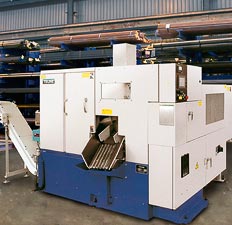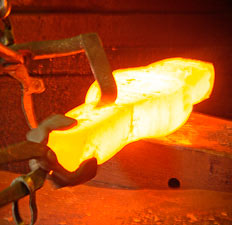Technical Data
Metallurgical Terms
Inhibitors.
(See Pickling).
Intercrystalline Corrosion (Intergranular Corrosion) (Weld Decay).
This occurs in chromium-nickel austenitic steels submitted to chemical attack after heating within the range 500°-800°C. At this temperature the carbon is precipitated at the grain boundaries as chromium carbide thus reducing the chromium content of the austenite adjacent to the boundaries and rendering it susceptible to corrosion. Under corrosive conditions austenitic stainless steels may suffer grain boundary attack if previously heated in this range of temperature, examples are the heat affected zones of welds and steel which has been slowly cooled from high temperatures. Susceptibility to intercrystalline corrosion may be prevented by making the steel with a low carbon content, e.g., <0.03%, or by adding a stabilizer such as niobium or titanium to combine with the carbon and prevent the formation of chromium carbide.
Intercrystalline Corrosion Tests.
Of various methods for determining susceptibility of stainless steels to intercrystalline corrosion, the two most commonly used are the sulphuric acid-copper sulphate test (Hatfield or Strauss test), and the boiling 65% nitric acid test (Huey test).
Intergranular Corrosion.
(See Intercrystalline Corrosion).
Interrupted Quenching (Time Quenching).
Rapid cooling to a selected temperature by quenching in a suitable medium, such as molten salt or lead, holding at the temperature for an appropriate time and then allowing to cool to room temperature. (See also Austempering and Martempering).
Inverse Annealing.
A heat treatment, analogous to precipitation hardening, applied to cast iron, usually to increase its hardness and strength.
Inverse Segregation (Negative Segregation).
A concentration of certain alloy constitutents that have lower melting points in the region corresponding to that first solidifying; caused by interdendritic flow of enriched liquid through channels where the pressure drops with contraction of dendrites. The internal evolution of hydrogen may also give a positive pressure, aiding this flow and causing a liquated surface.
Investment Casting.
(See Precision Casting).
Ir.
Chemical symbol for iridium.
Isothermal Annealing.
The steel after being converted to austenite by heating is cooled to a predetermined temperature at which it is held until transformation to ferrite and pearlite is complete.
Isothermal Transformation Curve.
(See Time Temperature Transformation Curve).
Izod Impact Test.
A test piece of 10mm square or 0.45in diameter section is notched transversely by a V-cutter, to a depth of 2mm and an angle of 45°. The radius at the bottom of the notch is ¼ mm. The piece is fixed vertically in the vice of the machine by the lower end with the notch at the level of the face of the vice. When the pendulum of the machine is released a knife edge carried in the tip of the machine strikes the piece at a distance of 22mm above the notch, on the same side as the notch. The angle of swing of the pendulum beyond the vertical after breaking the test piece is indicated by a pointer. From the amount by which the angle falls short of the angle to which the pendulum would have swung if there had been no test piece, the amount of energy absorbed in breaking the test piece is known, and is indicated in ft.lb. The height of fall of the centre of mass of the pendulum is 2.5 ft., and the capacity of the machine 150 ftlb or 120 ftlb, the distance from the pivot to the striking edge being 4 feet. The striking velocity, when using the full capacity of the machine, is 13.6 ft. second.
- < Previous
- 1
- 2


